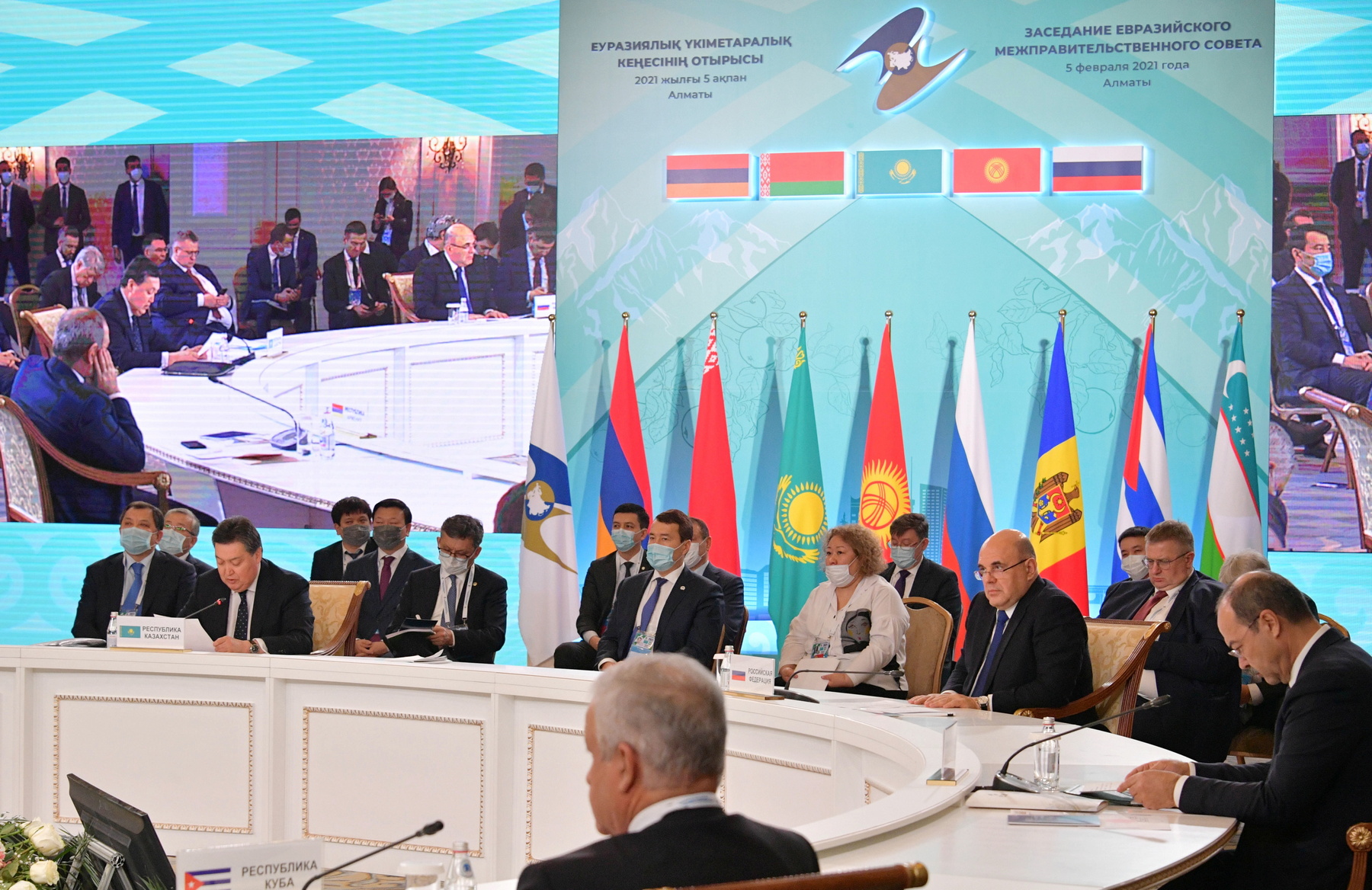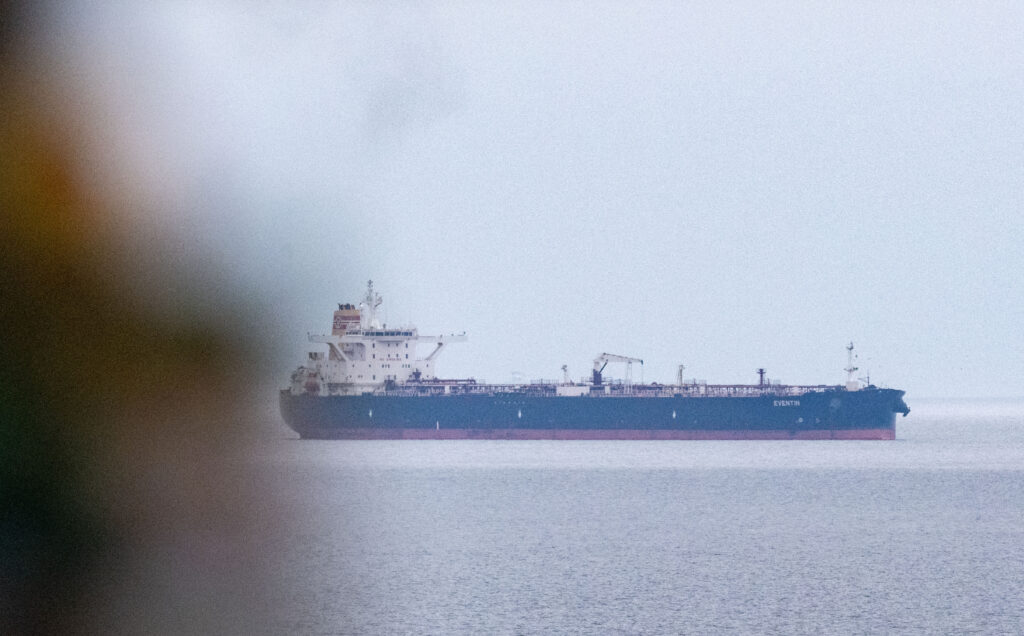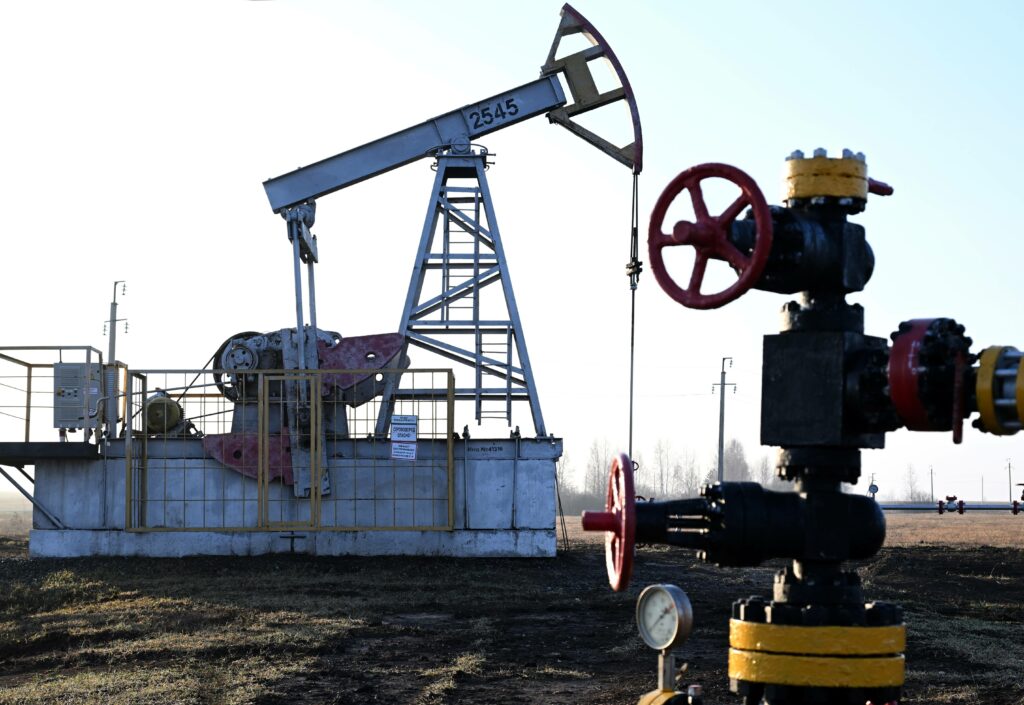The year 2020 proved to be exceedingly tough for all countries in the Eurasian Economic Union (EAEU). The coronavirus epidemic temporarily shut down the global economy, bringing GDP declines for all EAEU states. The economic slump ranged from minimal (0.9% in Belarus) to as much as 7.5% in Armenia and 8.6% in Kyrgyzstan. Overall, the official figures given by the Eurasian Economic Commission indicate a 3.9% decline of combined GDP for the EAEU.
Further events struck the economic development of member states, such as the mass protests that followed the fraudulent elections in Belarus on August 9; the revolution and its aftermath in Kyrgyzstan on October 5-15; and also the border conflict between Armenia and Azerbaijan in September-October. Year-end figures for 2020 show that real incomes dropped 3.5% in Russia and 4.8% in Kazakhstan. Kyrgyzstan’s analogous index fell 5% between January and October, after which no figures have been published.
With the creation of the EAEU, its ideologues intended to take a step toward forming a stable economic union where participants’ close cooperation would factor strongly in times of crisis. Тhe current global crisis, which has precipitated a sharp fall in prices of raw materials and intermediate goods, has hit the union’s leading countries (Russia and Kazakhstan) the hardest. In 2020, Russian exports fell 20.6% and Kazakhstan’s by 19.1% compared to 2019 figures. (Exports from Armenia and Kyrgyzstan dropped 3.9% and 1.1% respectively.) To the credit of the Eurasian Union, trade among member countries dropped measurably slower (by 8.3-14.9%, on average 11%) than import/export trade with outside countries (by 12.7-23.3%, on average 15.4%).
2020 brought another remarkable outcome besides the general decline in the integrating processes’ contribution to economic growth. For the first time since the founding of the EAEU, trade between Russia and Belarus amounted to more than half (52%) the total trade among EAEU member states. (By comparison, trade between Germany and France, both major economies in the EU, in 2020 amounted to only 5.2% of the total trade volume within that bloc.)
The drop in trade volumes and the overlying state of crisis in the economies of the post-Soviet space significantly impacted transborder investment activity. From the second quarter of 2020, the total volume of cumulative foreign investment within the EAEU ($213 million) declined while investment continued to flow from other countries. As a result, the share of intra-EAEU investment in the total volume of accrued direct foreign capital investment amounted to an unimpressive 2.37%. (This index in the pre-Brexit European Union exceeded 65%.) Practically all major investment projects proposed to develop on the EAEU level were either postponed or suspended last year. The launch of Belarus’ Astravets Nuclear Power Plant became the exception, although that also didn’t go off without a hitch.
Amid the widespread pandemic, Moscow and Astana announced plans to build a major pharmaceutical plant in Kazakhstan. The venture would aim to produce several million doses of the ‘Sputnik V’ vaccine but has yet to bring production volumes up to even 100 thousand sets. Interstate financing also ended up practically frozen. With the exception of the $1.5 billion emergency loan Russia granted to Belarus in September 2020 (as well as discussions of another loan for $3 billion), there has been little visible activity in this area. The Eurasian Development Bank grew its investment portfolio by merely $93 million in 2020, compared to $876 million in 2019.
The crisis caused by the spread of coronavirus in effect closed the borders entirely between EAEU countries from March 2020; that generally continues right through to today. In most countries, only air travel is currently permitted; border crossings by land are not. This has significantly limited the number of crossings (in 2020 the number of arrivals to Russia from Kazakhstan fell by 67.4%, from Kyrgyzstan by 68.8%, and from Armenia by 71.7%). It has taken an extreme toll on the transport industries of all member countries (passenger travel within individual EAEU countries dropped by 33.1-67.6%).
The border closings complicate the situation of migrant workers in Russia from EAEU countries. The transfer of funds from citizens residing abroad (mainly in Russia) to recipients in their home countries has decreased (the drop in transfers from Russia occurred two to three times faster than in the other countries). This was felt acutely in countries like Kyrgyzstan, where the total sums received from citizens working abroad annually amounts to a third of the republic’s GDP. At the start of the year, Russia began to take measures to alleviate the situation and move toward a ‘cautious’ opening of borders to migrant workers. Complete restoration of a functional border will most likely come no sooner than the second half of the year.
The standard of living in the post-Soviet space continues to decline. The only exception is Belarus, where official figures claim a growth of real income by 4.6% (likely caused by the financial assistance program launched in the leadup to the presidential elections). Low levels of effective demand throughout last year kept inflation rates relatively low (from practically zero in Armenia, to 6-7% in Belarus, Kazakhstan, and Kyrgyzstan). This trend is unlikely to survive even in the near future as currencies of all member countries fell significantly relative to the dollar (from 8.3% in Armenia, to 15.7% in Kyrgyzstan and 18.7% in Belarus), which will inevitably be reflected in the extent of ‘imported’ inflation. This process will be especially acute in Kazakhstan and Kyrgyzstan, which are feeling the yuan’s noticeable rise relative to the dollar. Manufacture recommended prices in all countries rose by 4-8% in the last quarter of 2020. In Kyrgyzstan, this rise over the year reached 28.3%, a record in recent years. Rising in consumer prices could very well become one of the most serious challenges facing the EAEU in 2021.
EAEU state leaders continued in 2020 to make optimistic announcements regarding the organization’s future. A major cause for optimism was Uzbekistan’s initiative to gain observer status in the union, which was officially accepted on December 11. The beginning of another round of talks on Iran joining the union stirred some sensation but appeared to be more for publicity. As Central Asia’s most populous country, and one which in recent years has been actively engaged in economic reforms, Uzbekistan could very well increase the EAEU’s total GDP by more than 5%, and significantly increase the organization’s influence in the region.
Despite all the claims made by heads of state at the EAEU meeting held in Astana on February 9, 2021, any real breakthrough in the development of Eurasian integration would be difficult to imagine for the next few years. The three free-trade agreements now in place (with Vietnam, Singapore, and Serbia) took five years to secure. The prospects for turning the Union into anything more than economic and political patronage of post-Soviet republics to Russia seem highly unlikely.
China’s influence on EAEU countries, especially in Central Asia, is intensifying. Though participants in Eurasia’s integration refrain from stating that so openly (they tend to underscore the mutual benefits of developing relations with China). In Kazakhstan, Kyrgyzstan, and the two prospective EAEU members (Uzbekistan and Tajikistan), Chinese investment exceeds Russian investment by 2-6 times. China itself is a major trade partner for all central Asian countries except Kazakhstan. Figures for 2018-2020, however, give reason to predict that in the upcoming year or two, China will overcome Russia there too. Russia’s own trade with China in 2020 was almost double its trade with all EAEU countries combined. Uzbekistan’s possible entry into the EAEU, given the republic’s close ties with China, as well as with South Korea and Turkey, further underscores the Union’s ‘Еastern’ vector. Meanwhile, Moscow lacks the instruments to counter Chinese investment and trade; the PRC remains the dominant supplier of high-tech goods in all EAEU countries including Belarus. Although the issue of transit routing was set aside last year for obvious reasons, China’s One Belt One Road project continues to gravitate to the southern corridor, as Russia’s highway construction projects experience more delays.
The Eurasian Union turned 6 years old at the beginning of 2021. During its founding, ideologues didn’t hold back in their promises of ambitious economic growth for member countries. In 2015, the leaders of the EAEU founding states anticipated that by 2025 the total integration effect could amount to 17% to 20% of additional GDP growth for each of the EAEU member states. For 2016-2020 the entire growth of the Russian economy amounted to 2.7% – what “additions” can we talk about here? That doesn’t, of course, mean that the process will be stopped. Its benefits, as with the creation of any free-trade zone, are clear. The results of 2020, like those from all previous years, demand that member countries search for internal sources to grow their economies.










